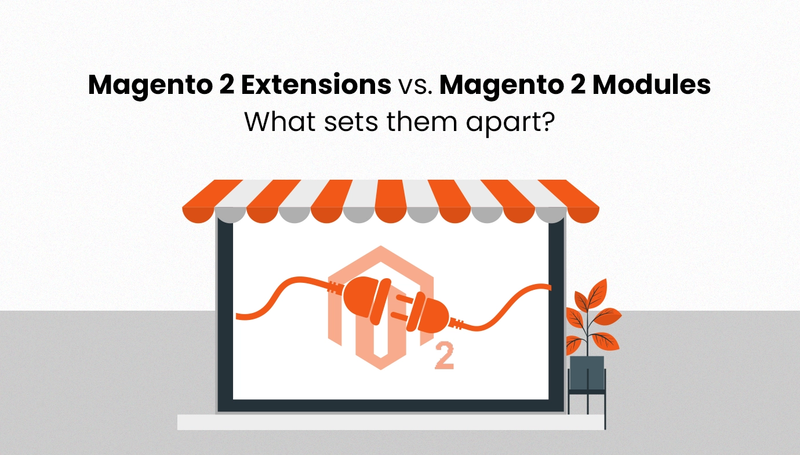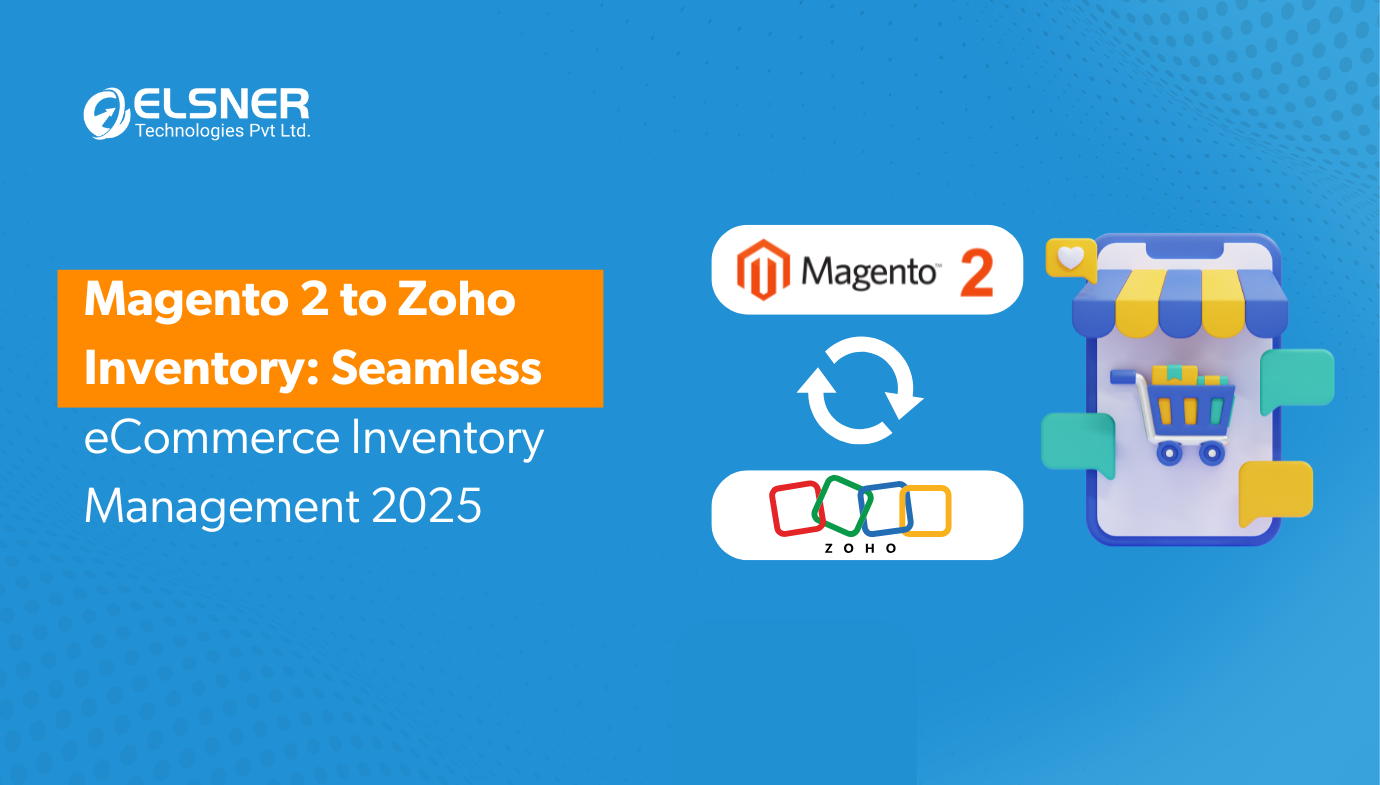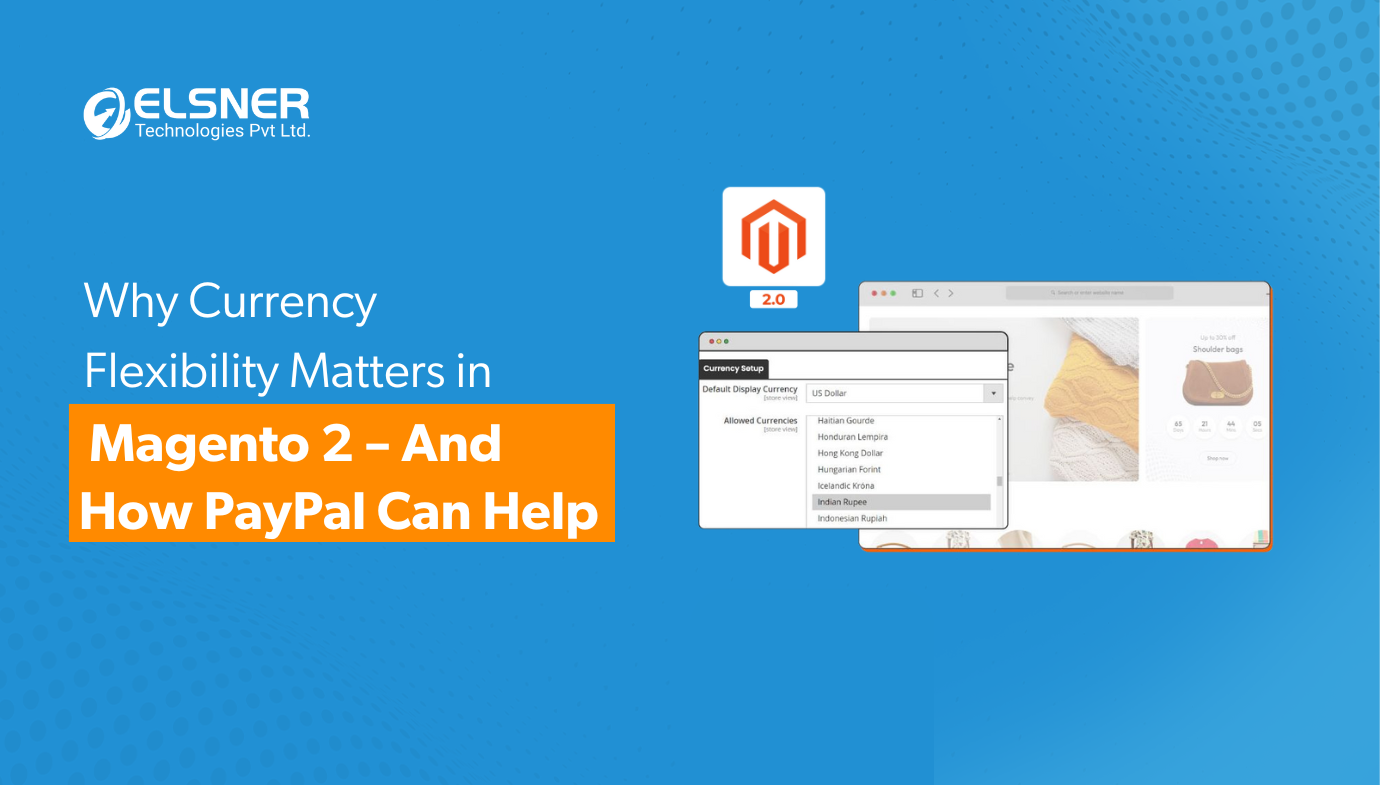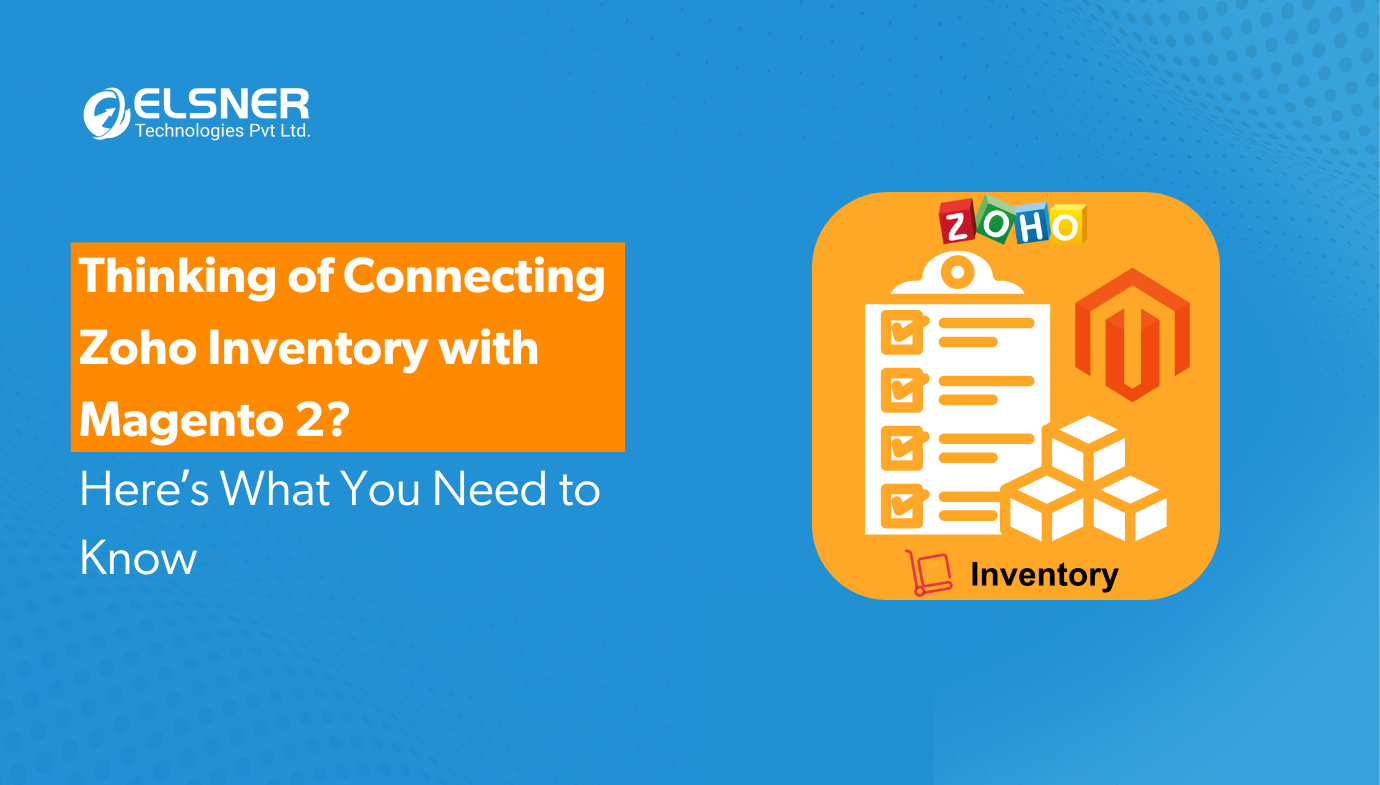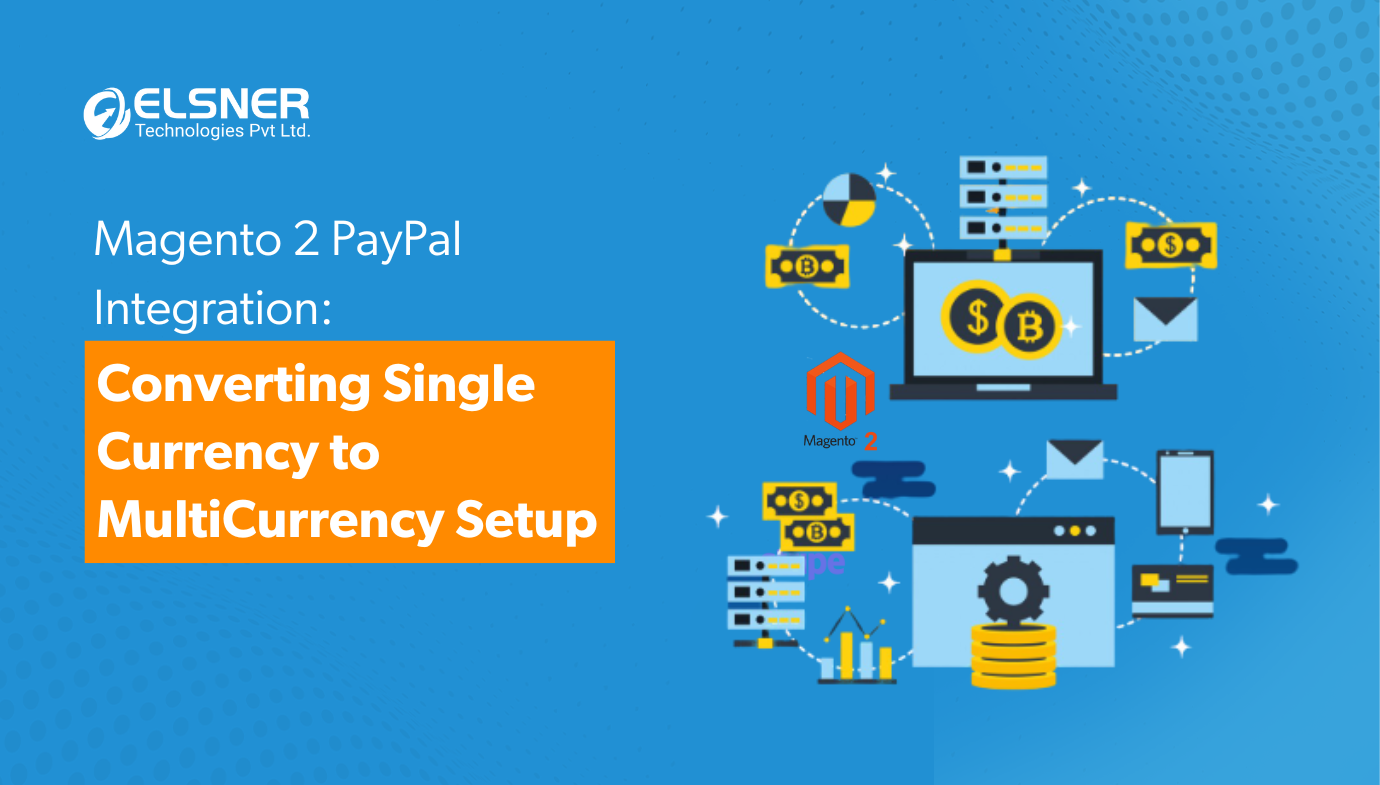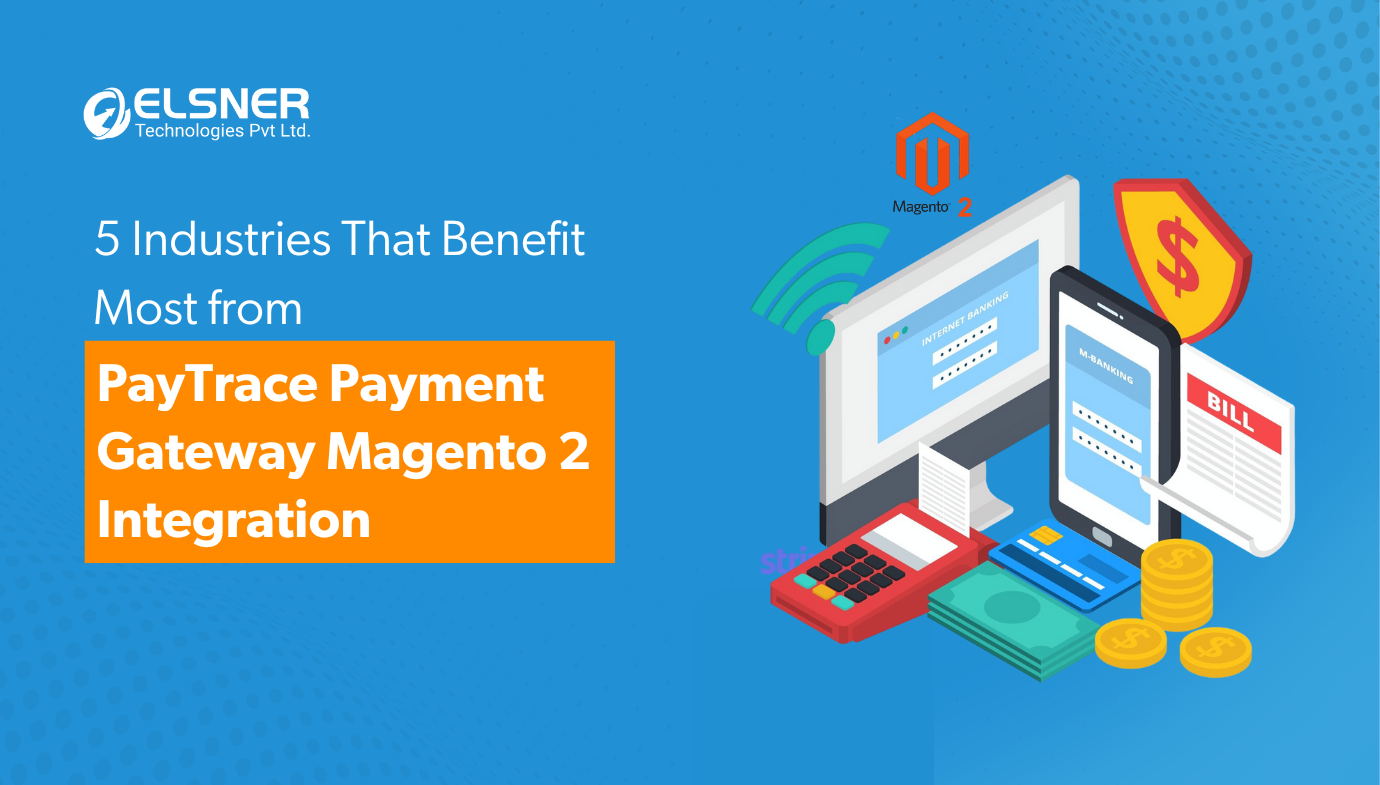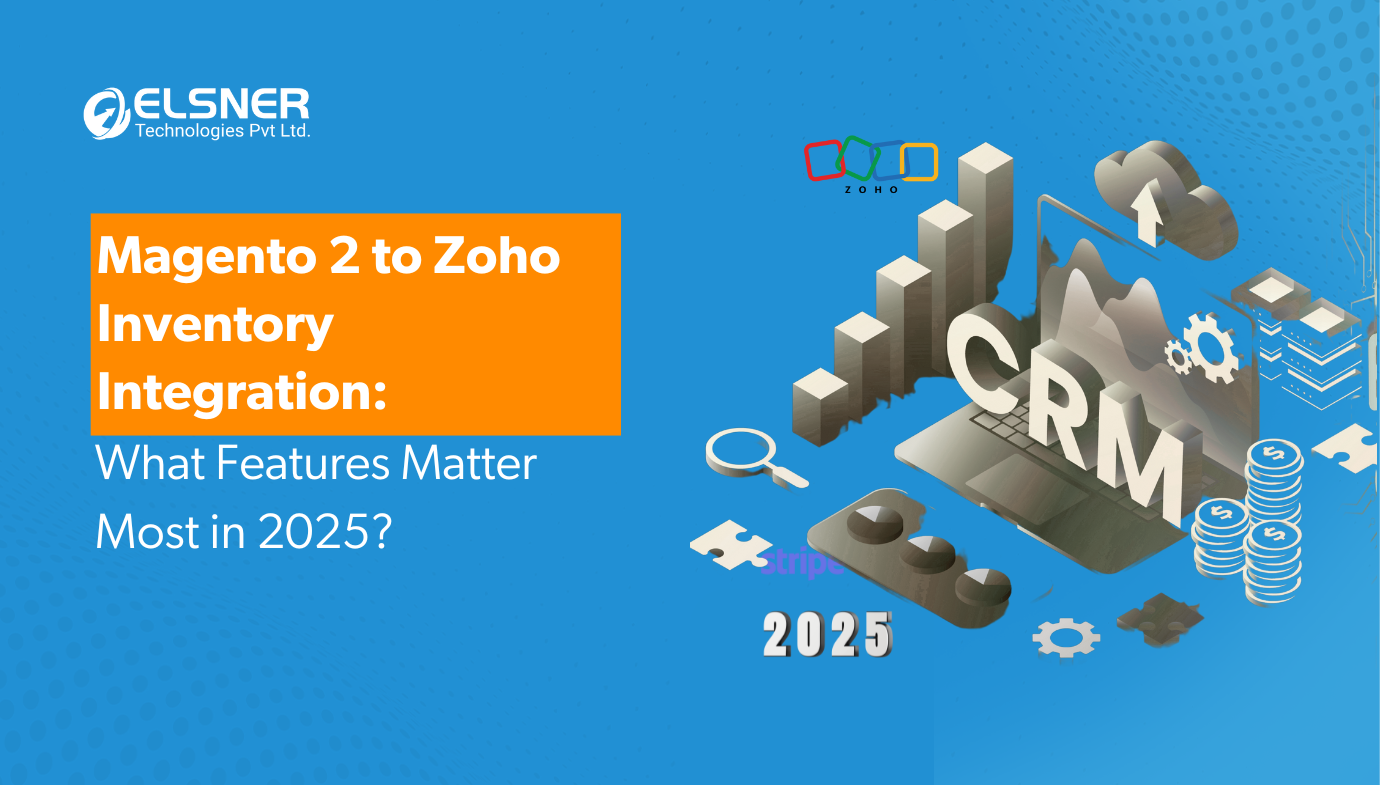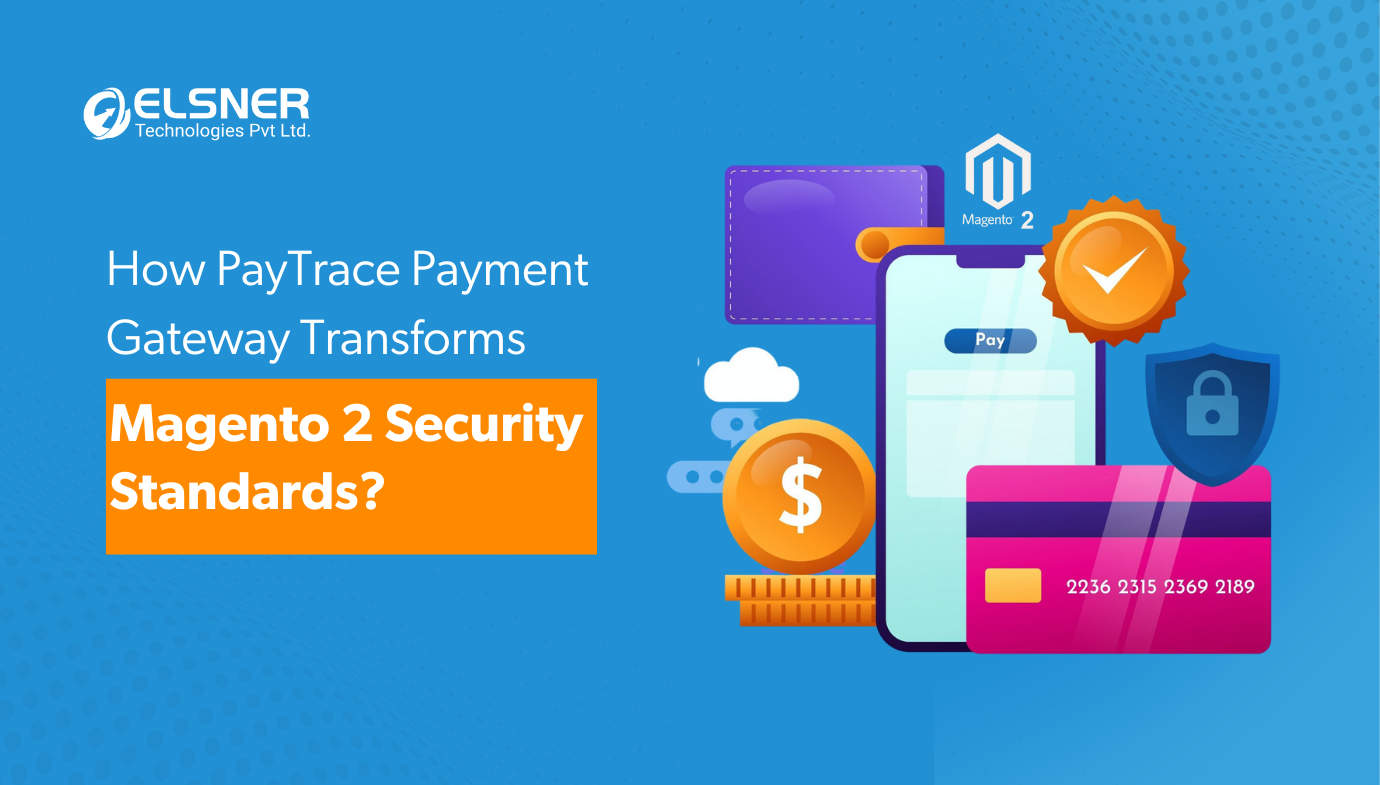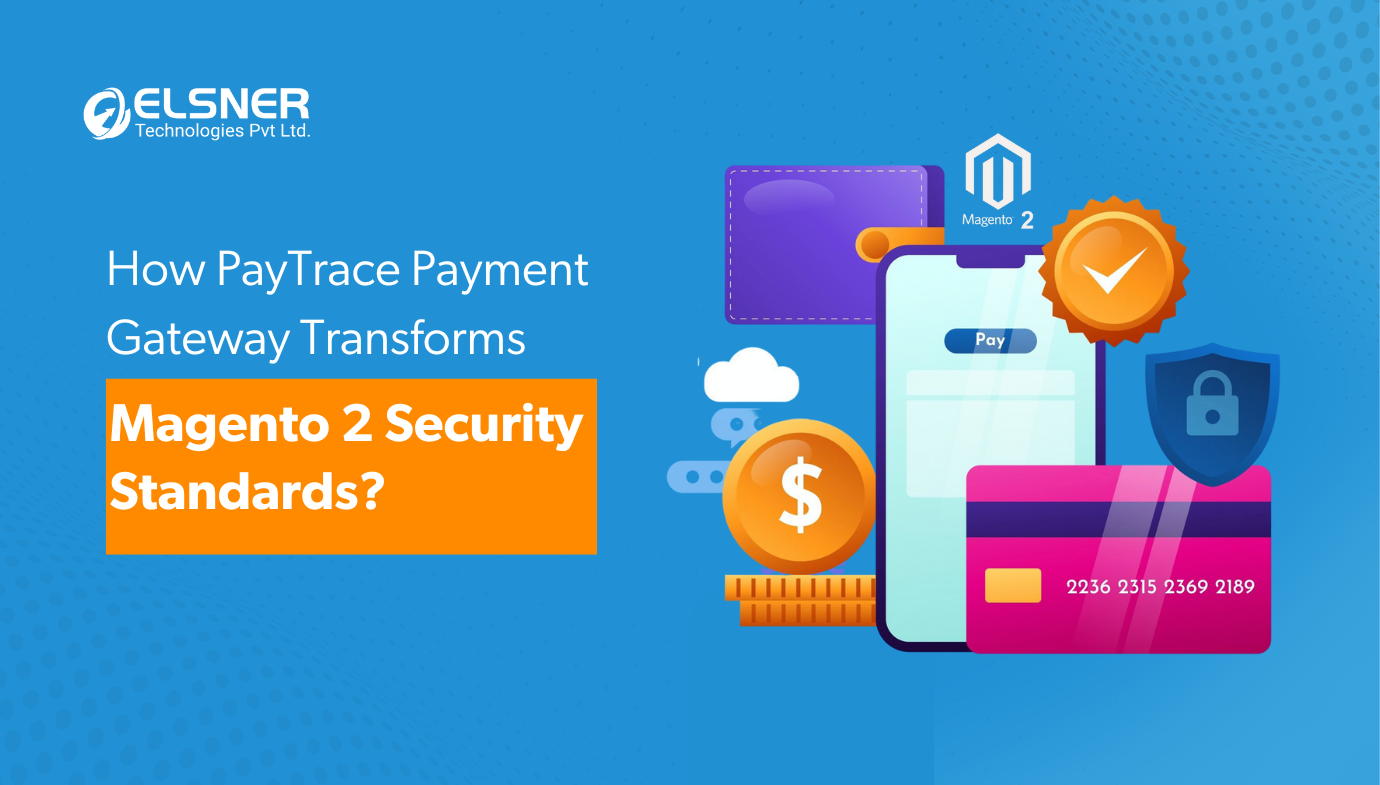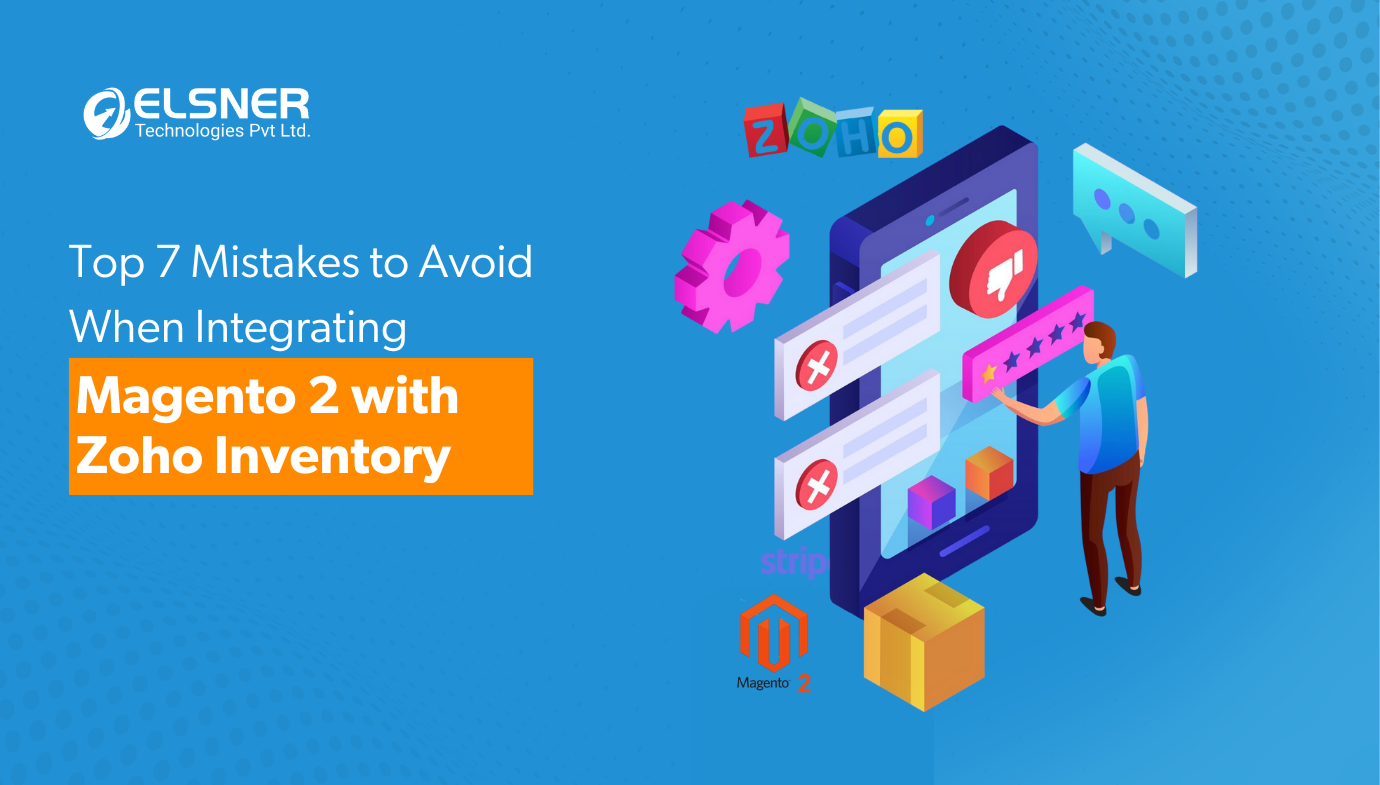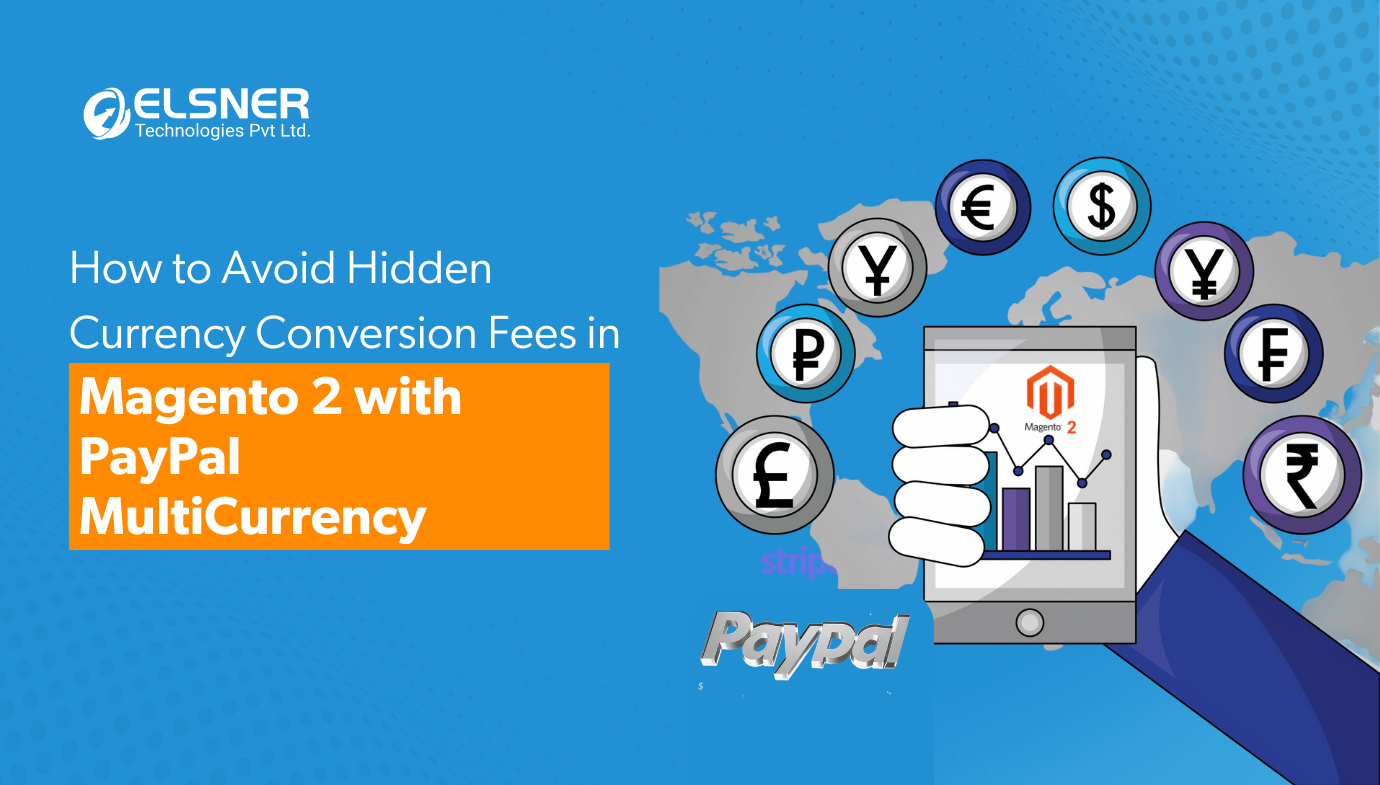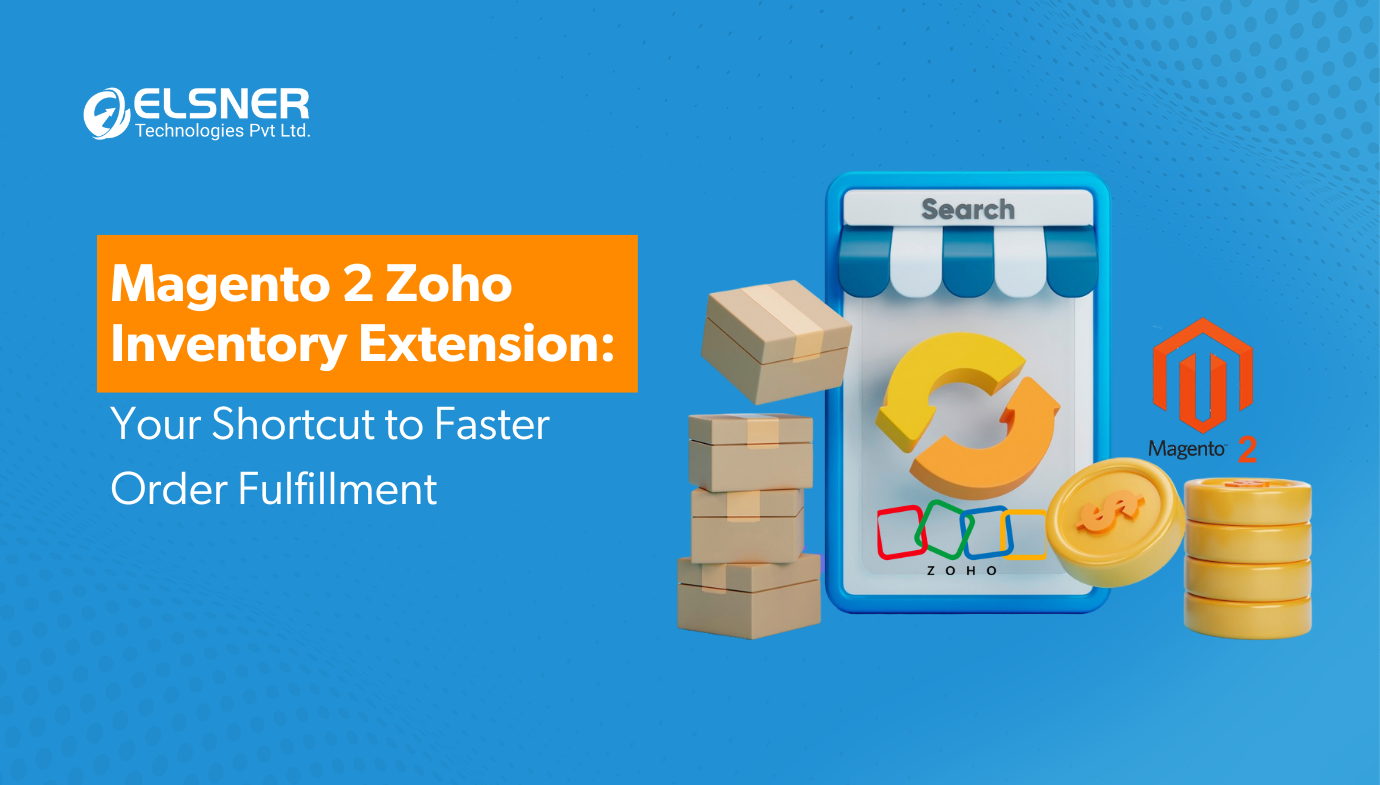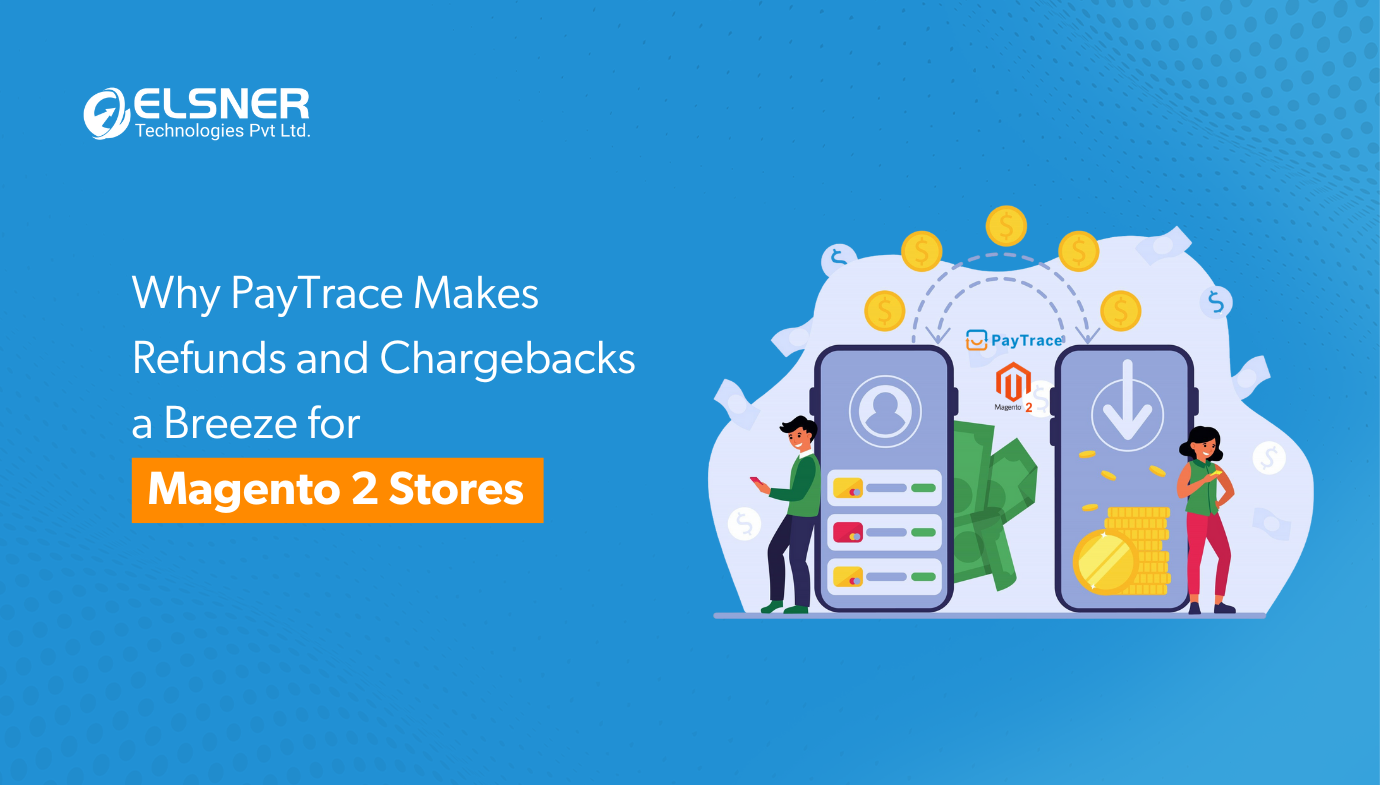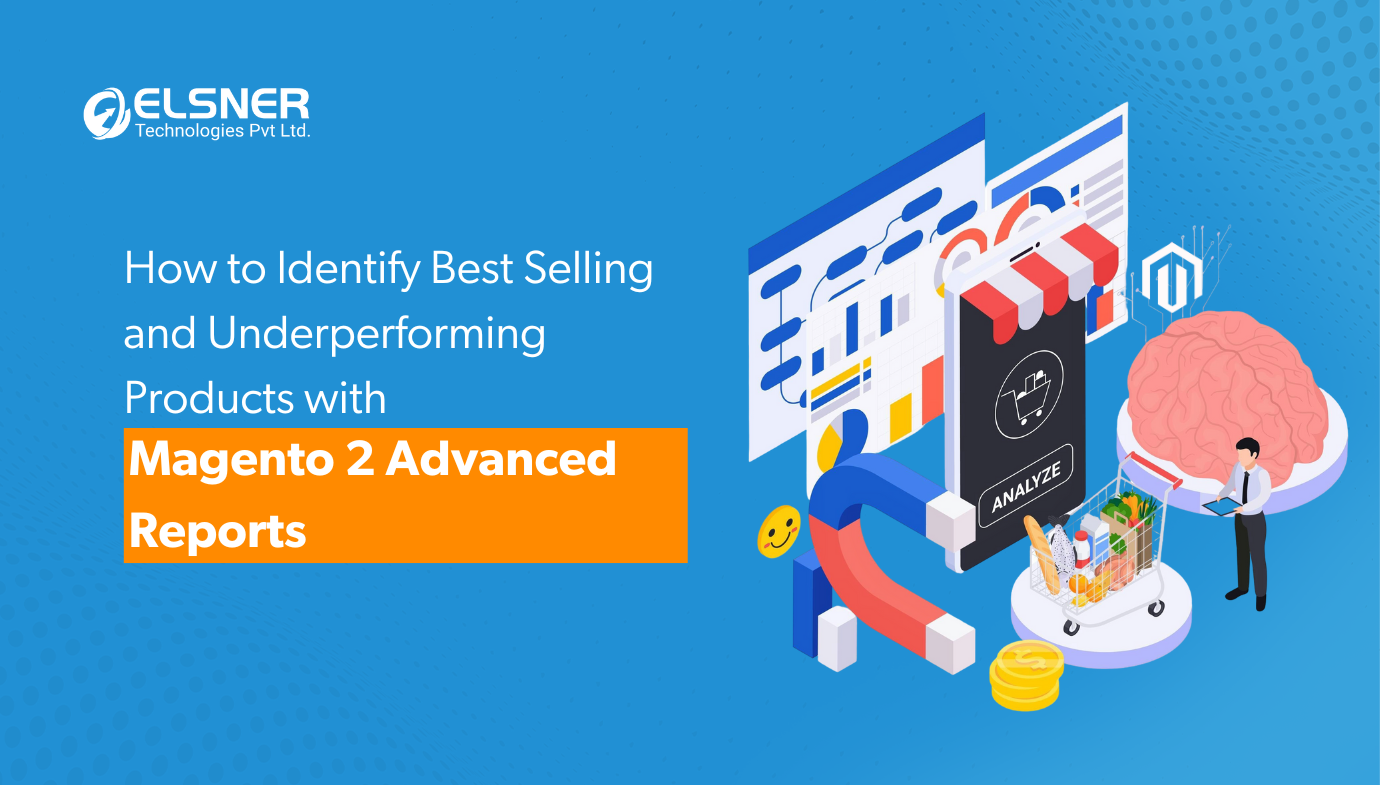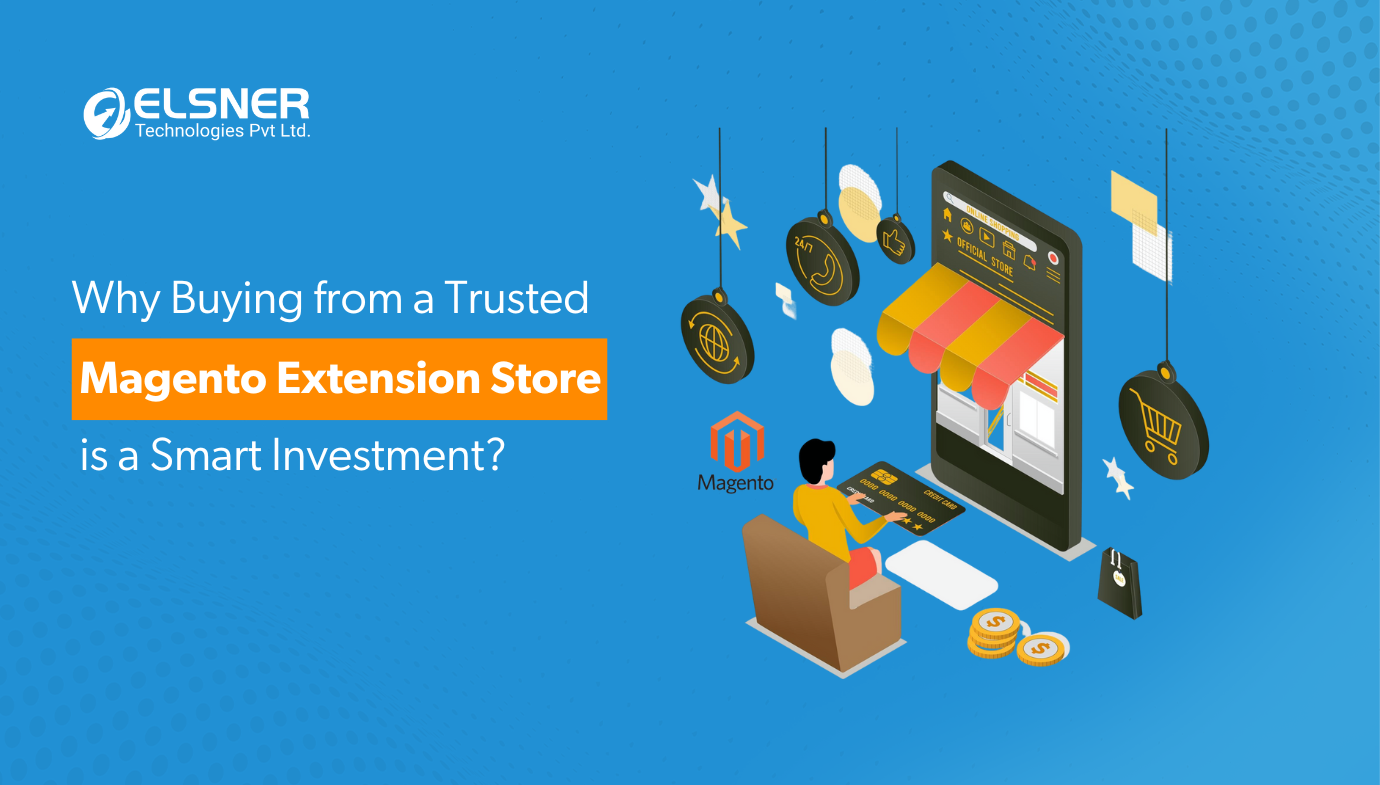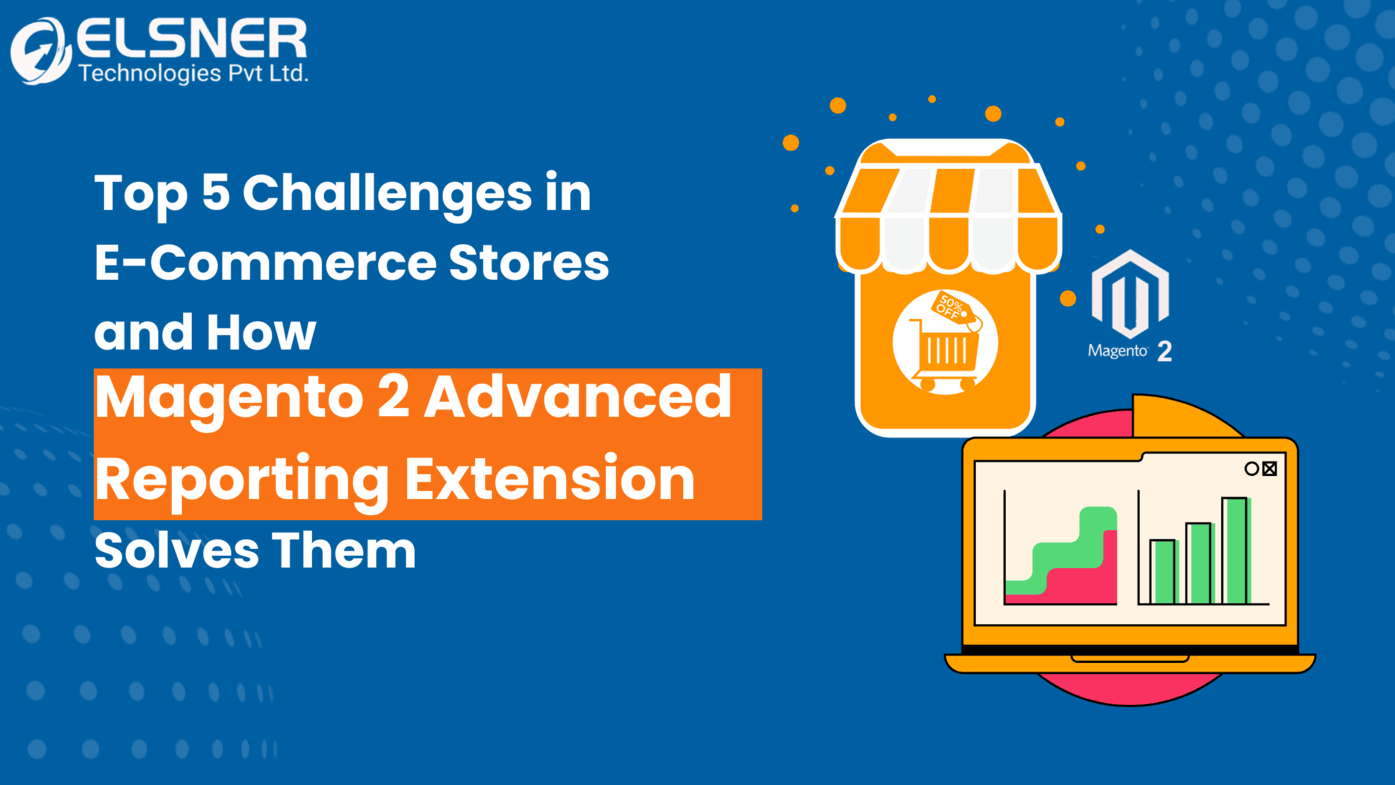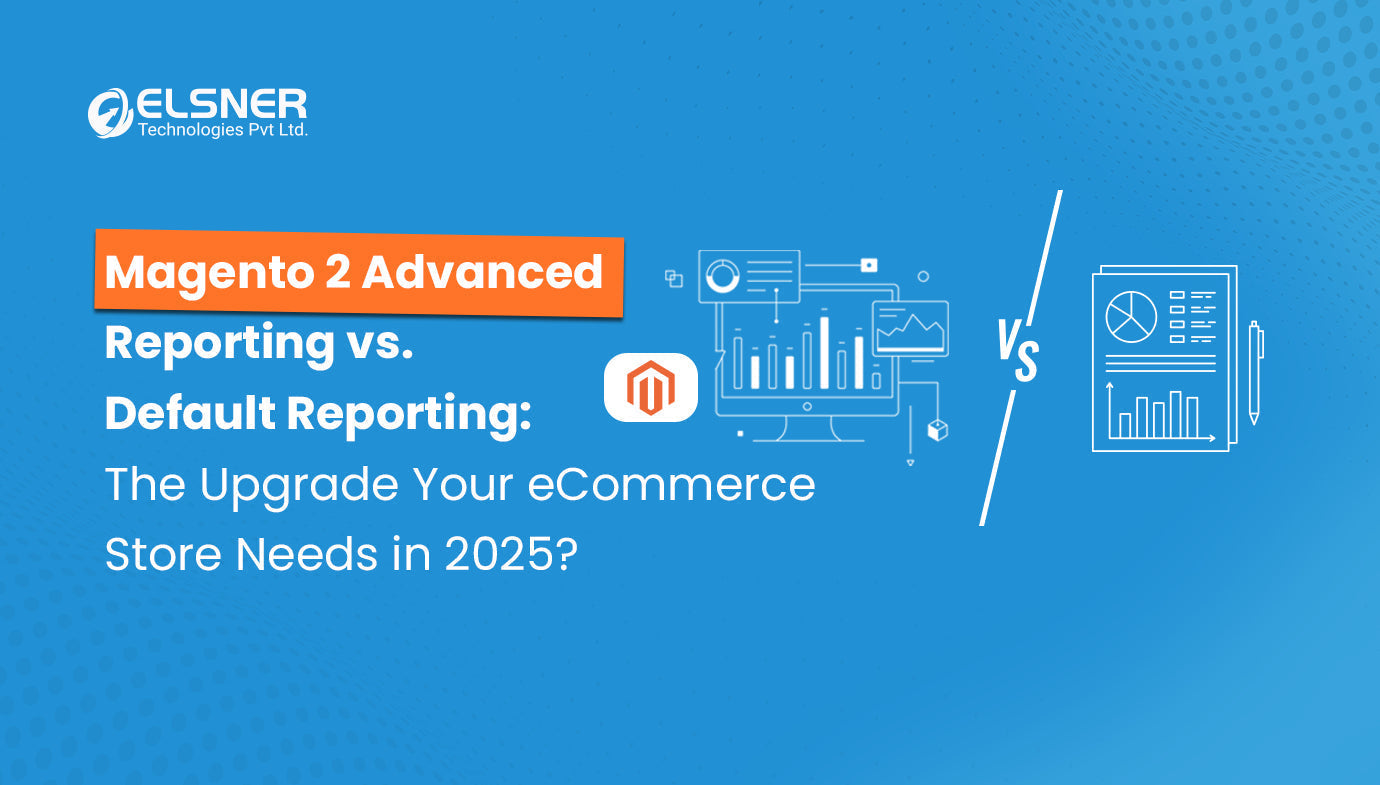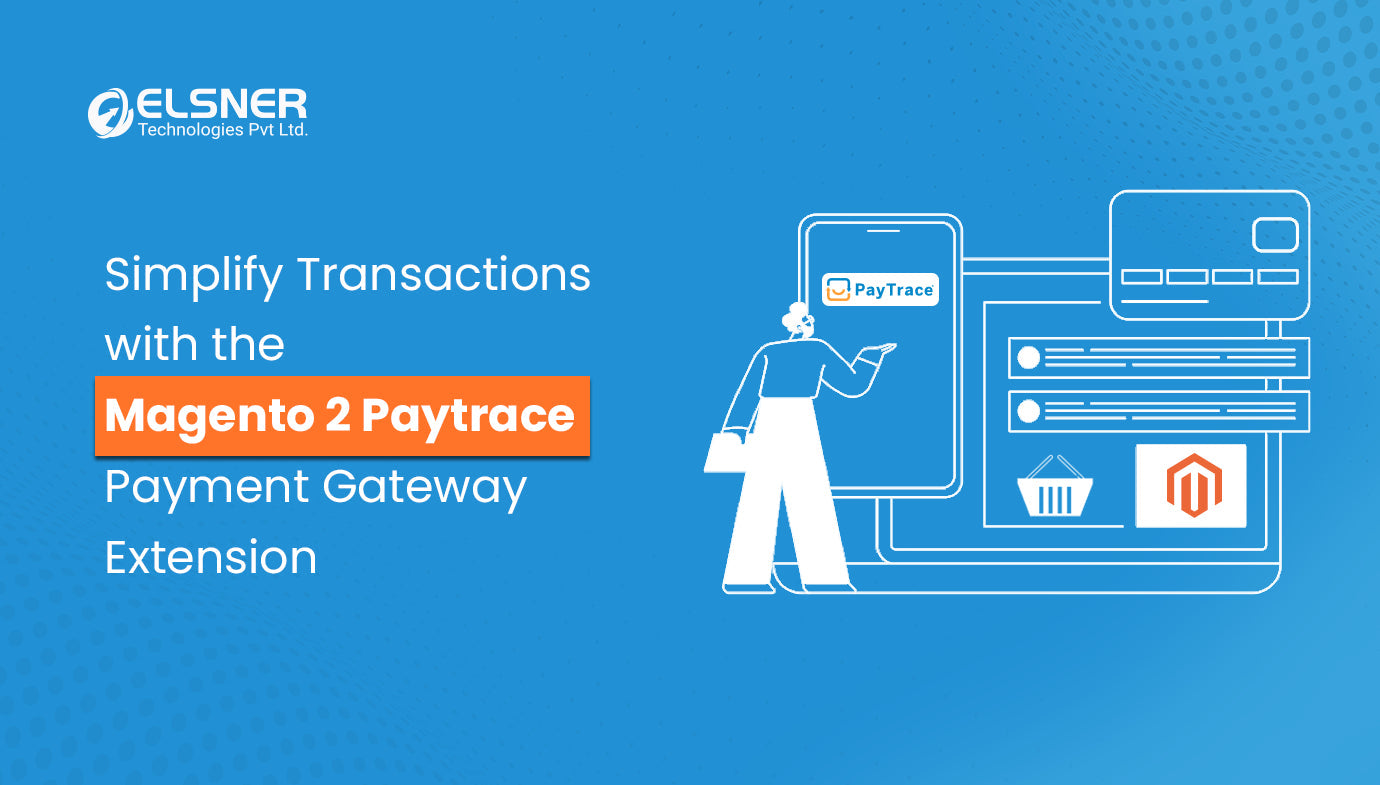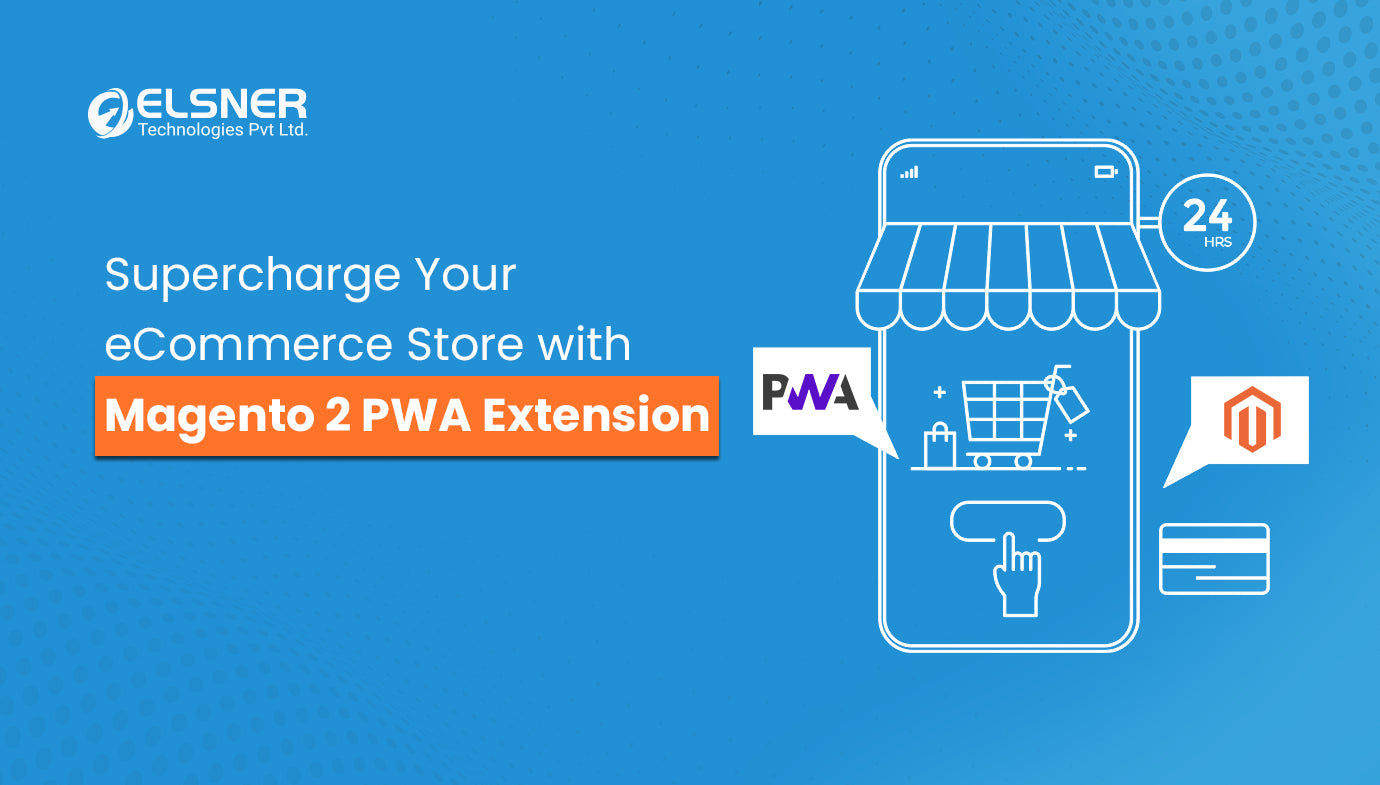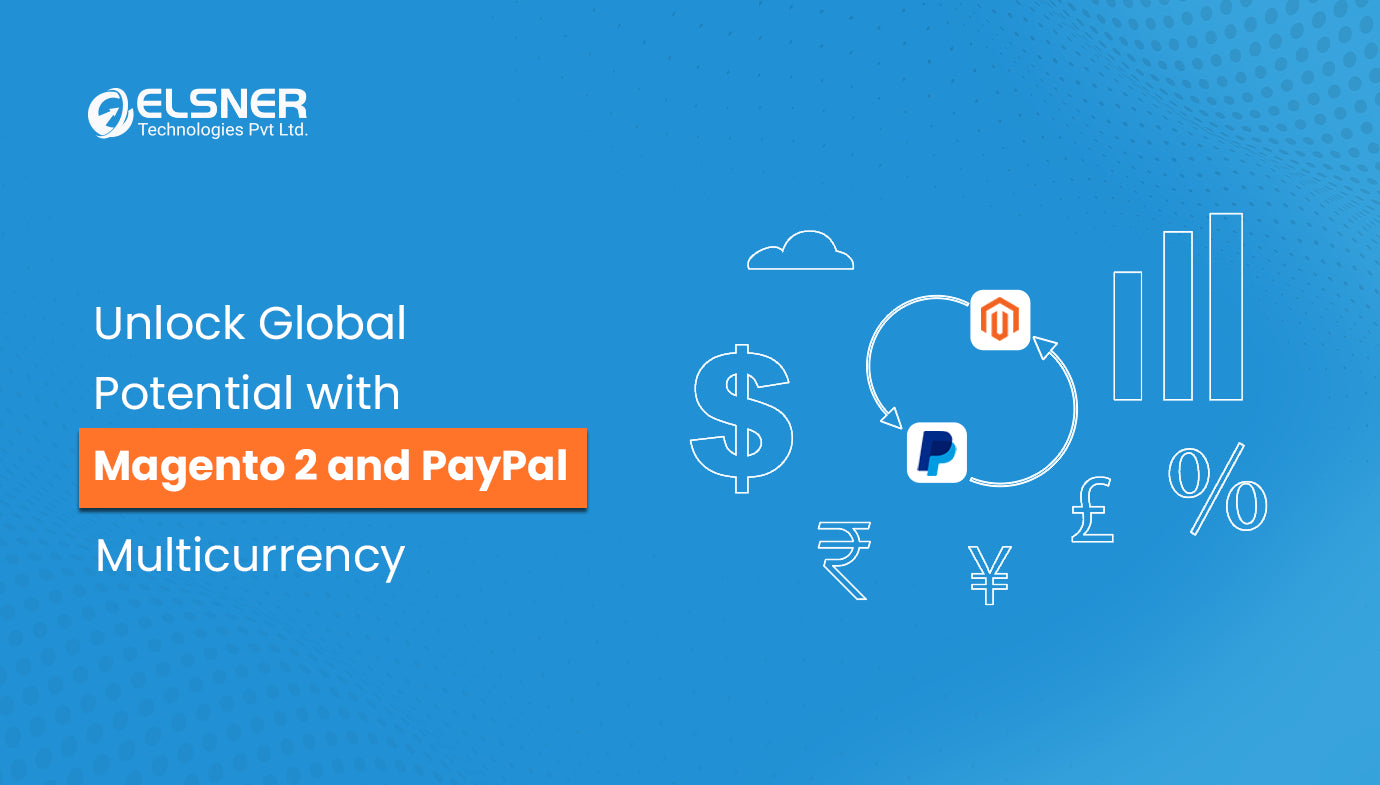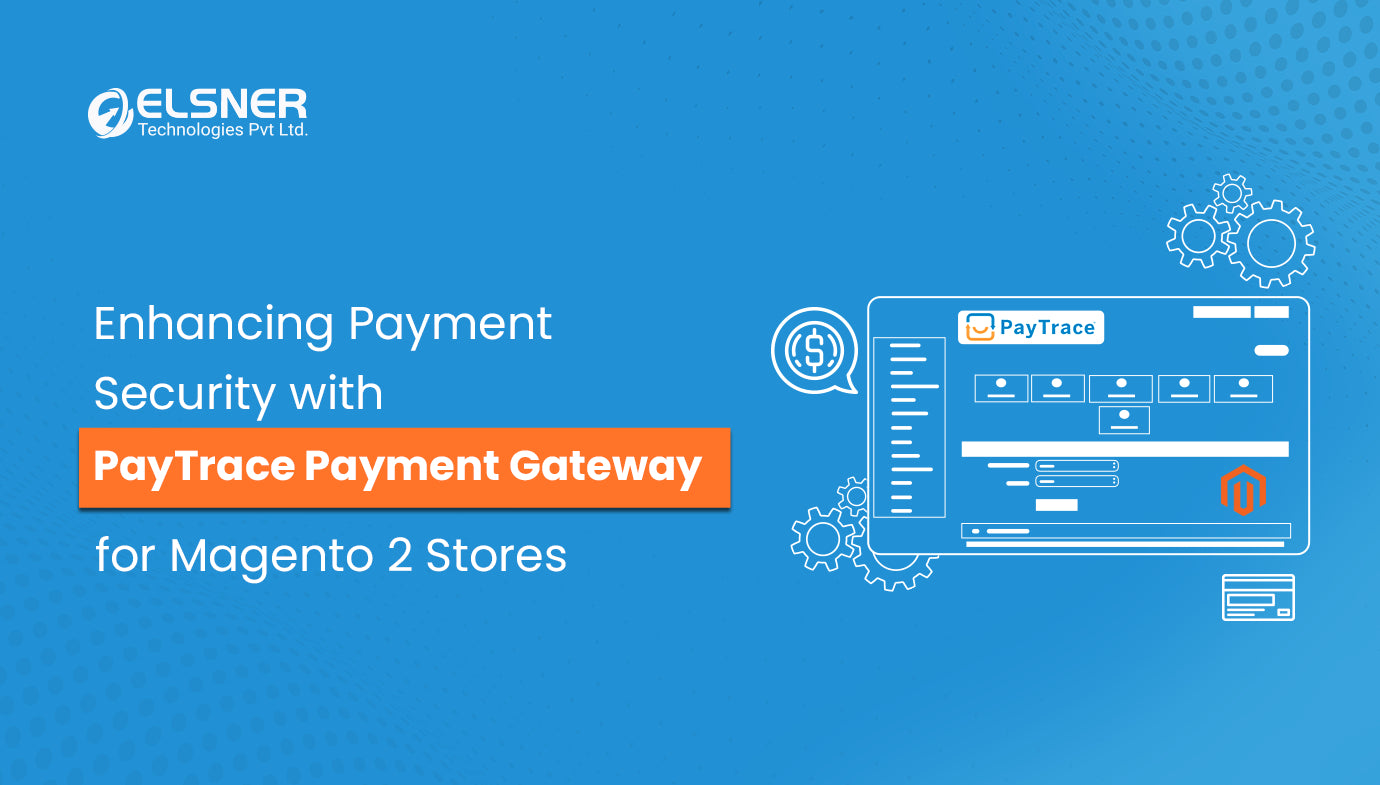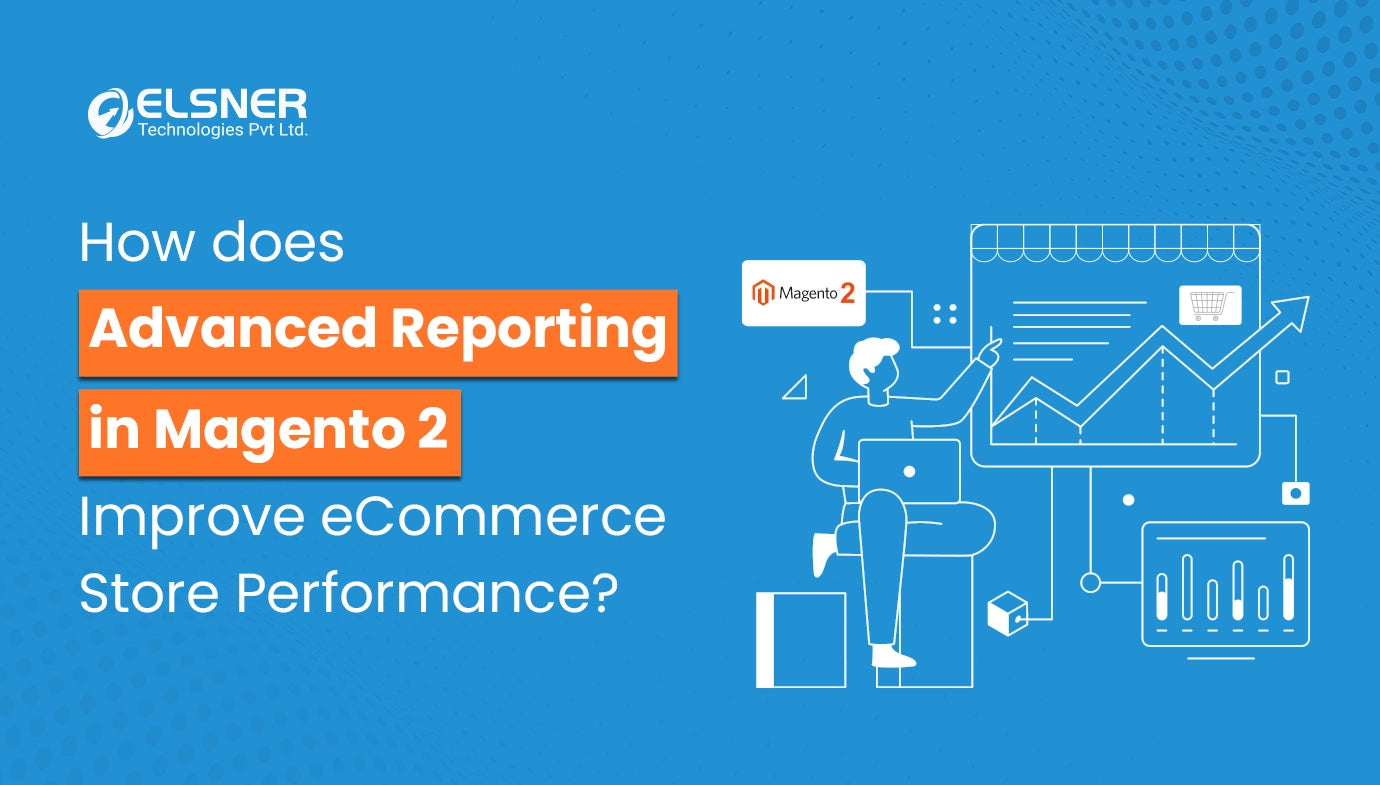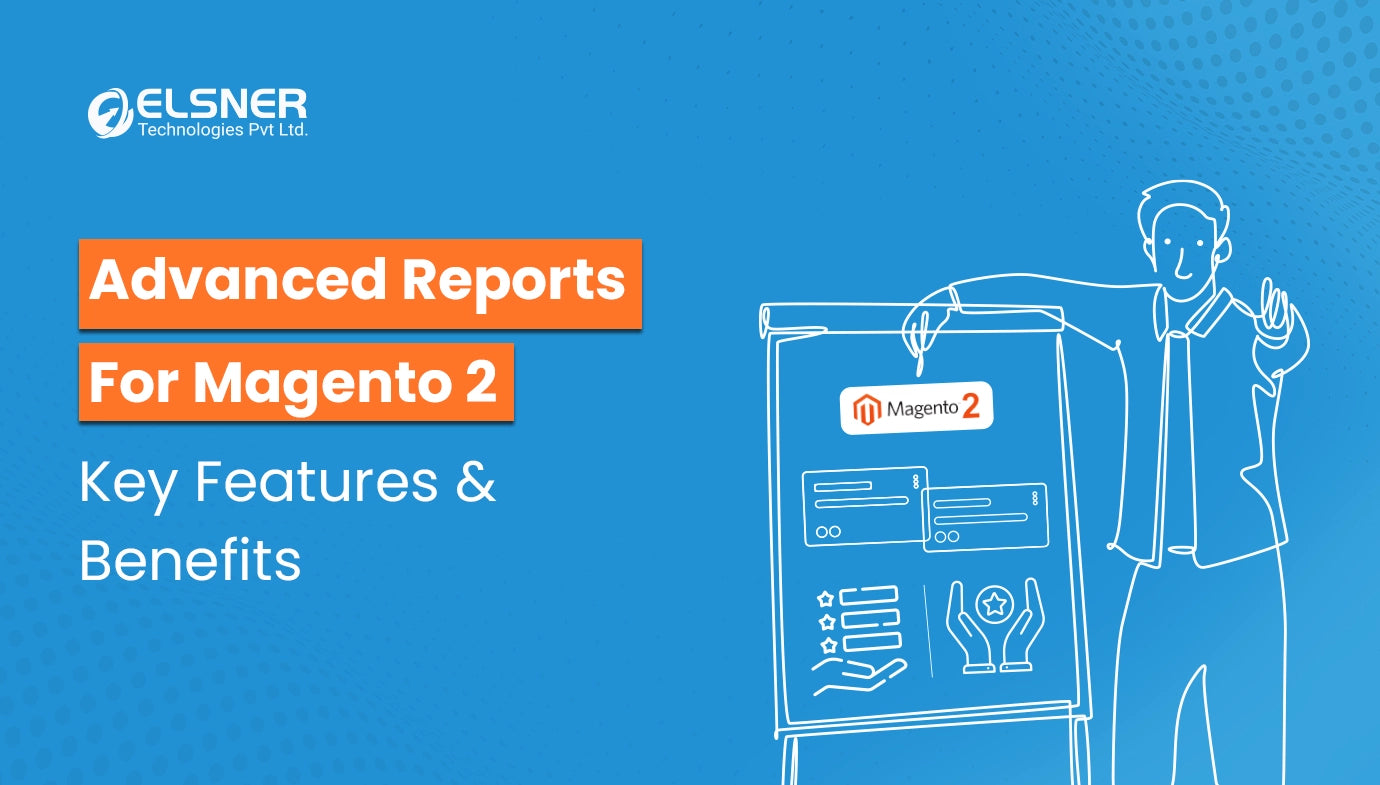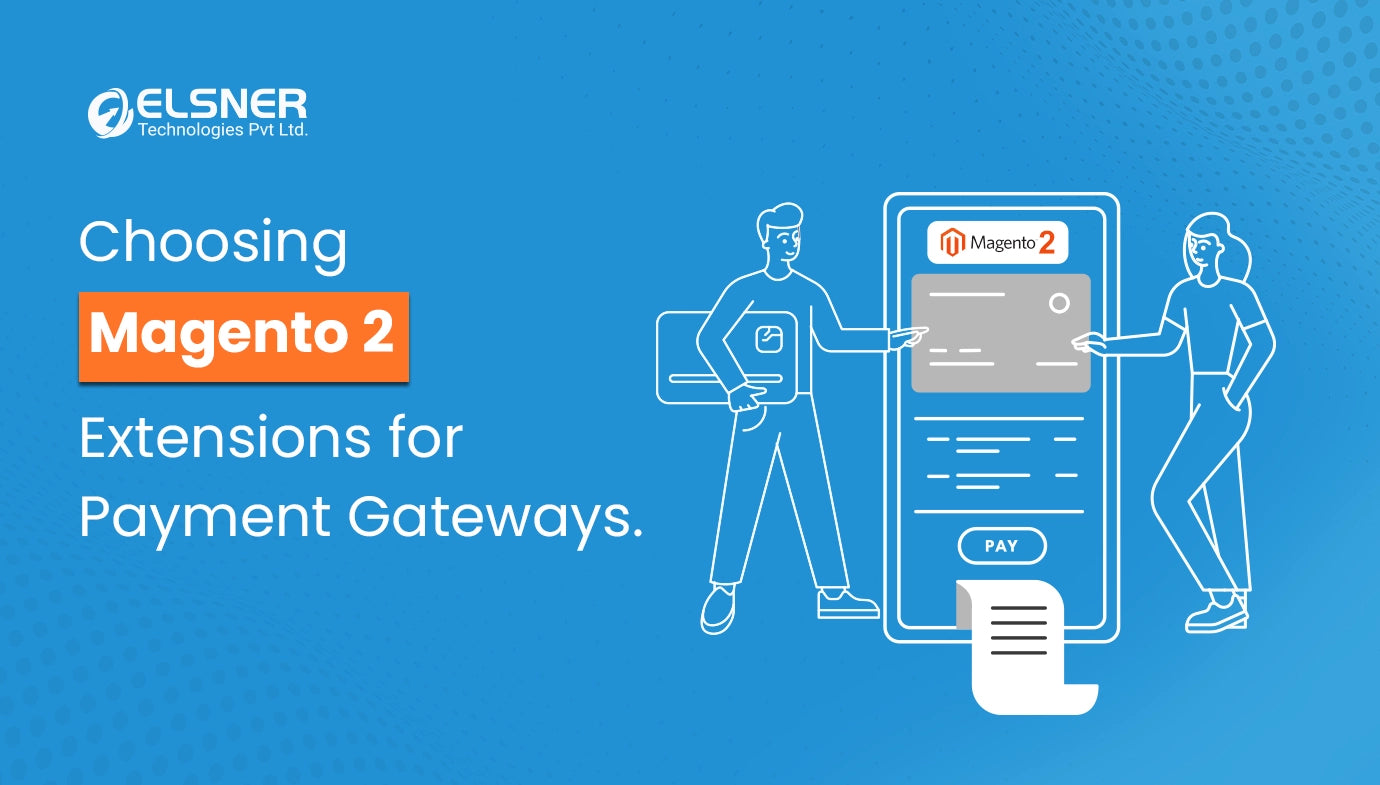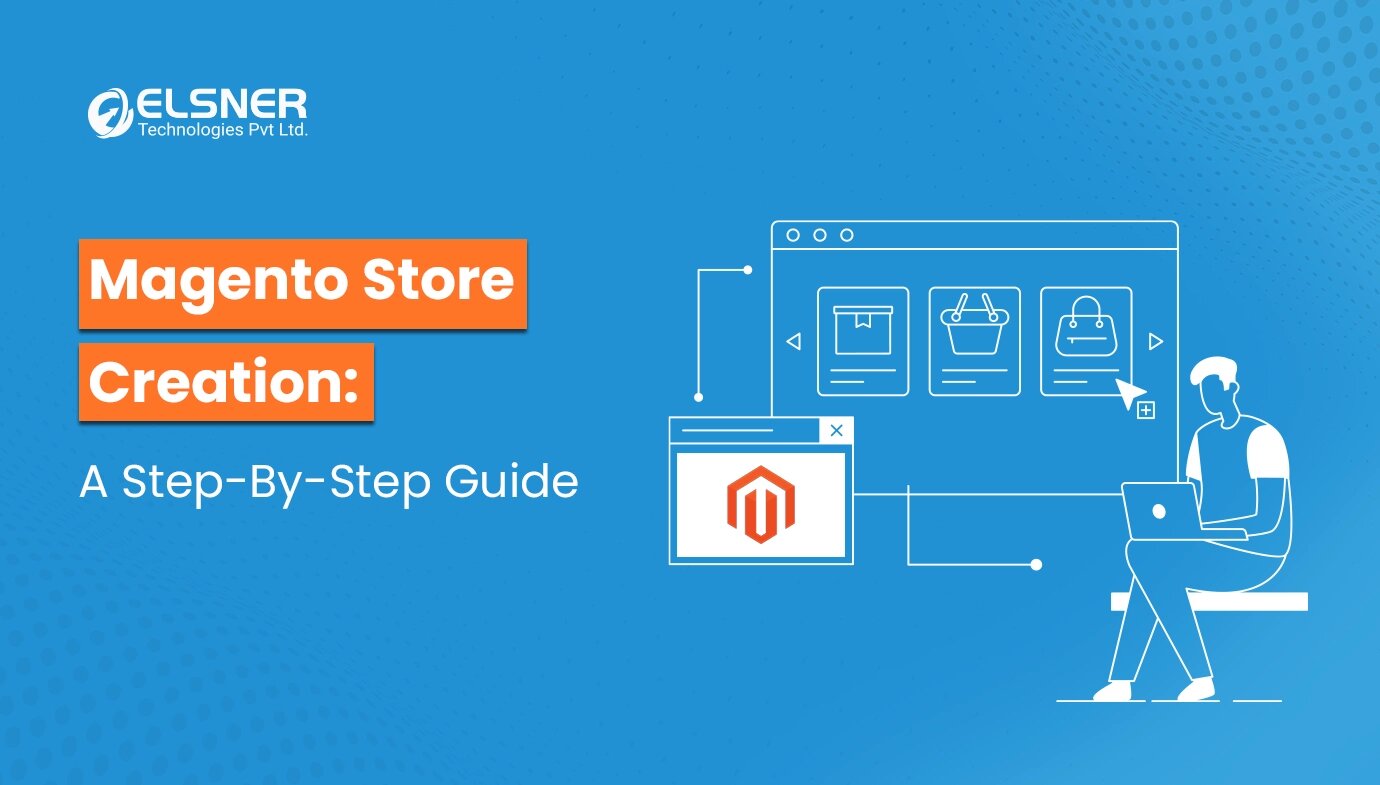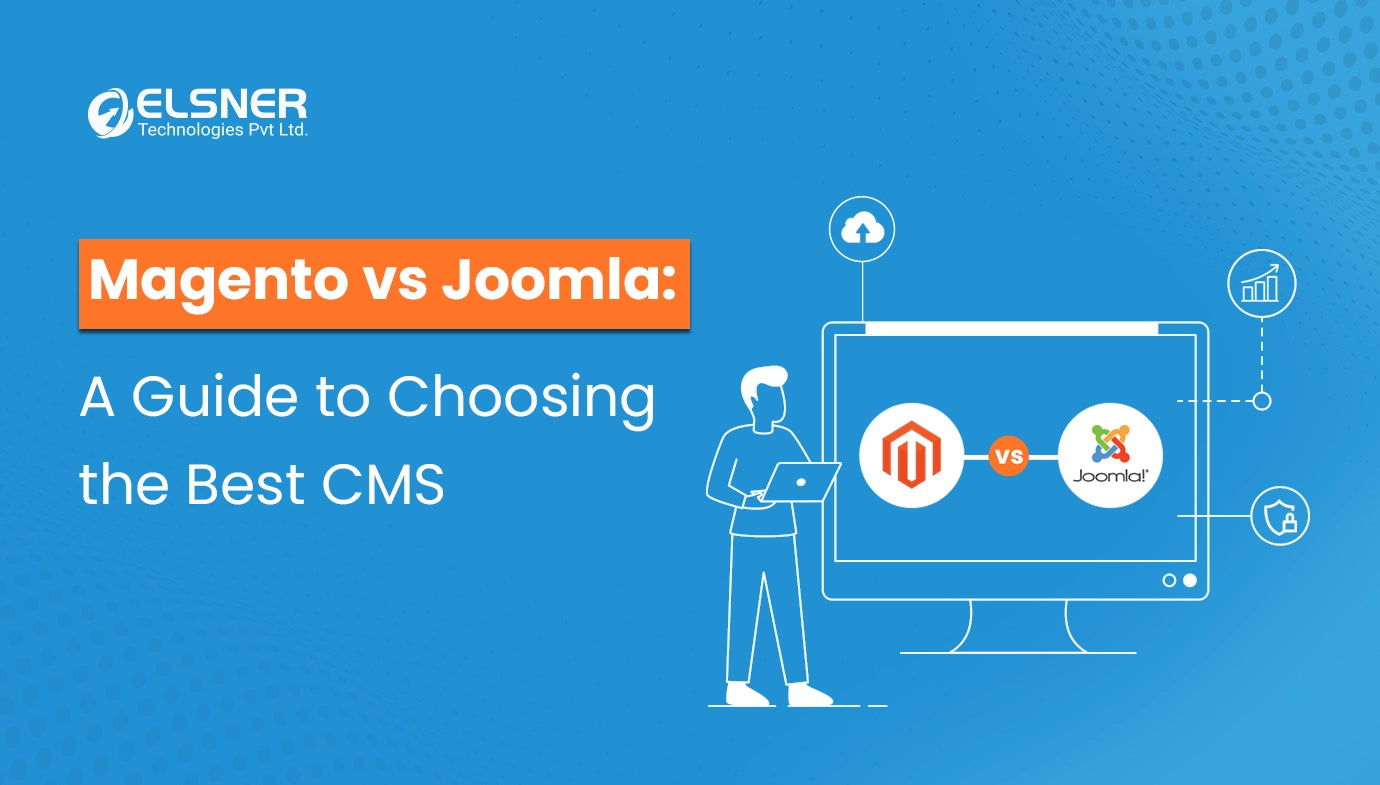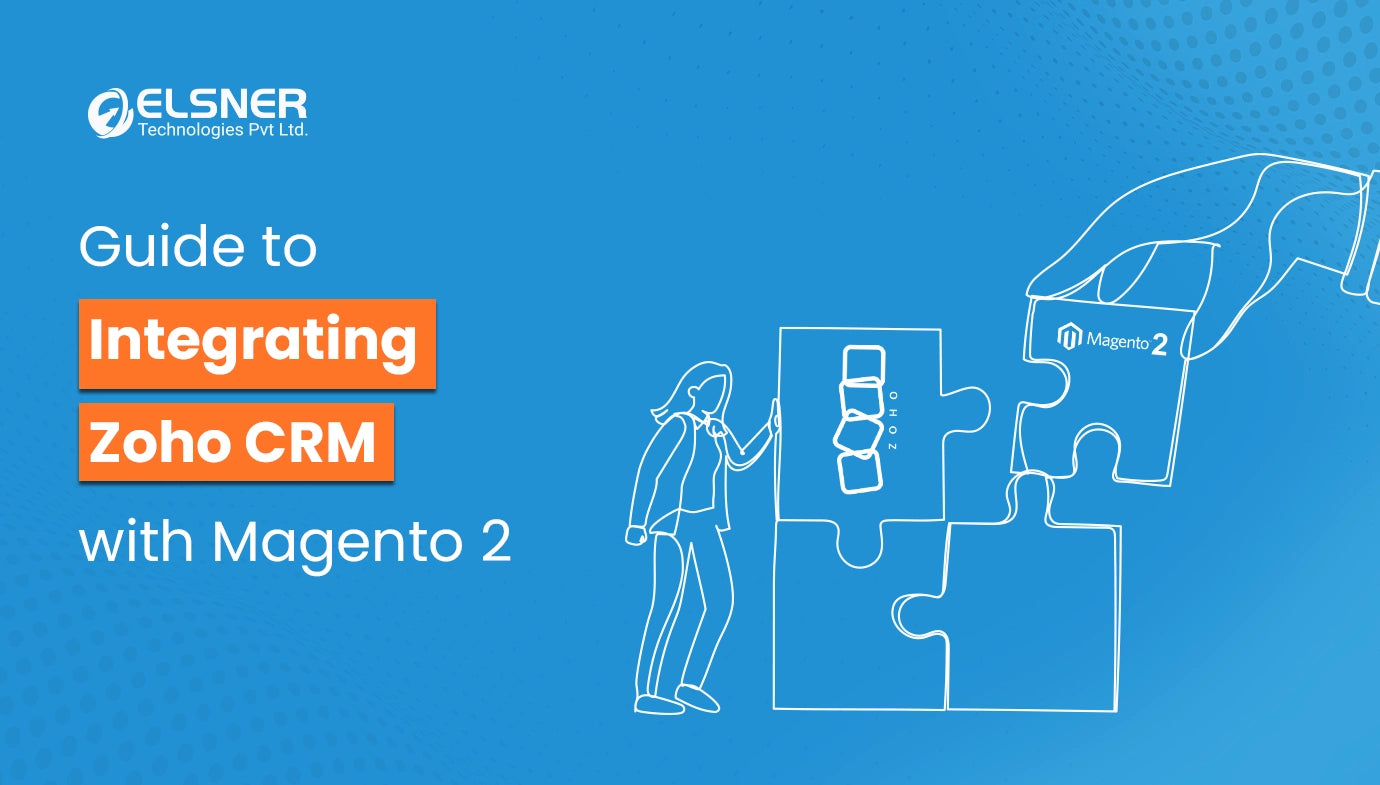Get in Touch
mage_devThe e-commerce world is known to be dynamic, so the choice between Magento 2 modules and extensions can considerably impact the performance and functionality of your e-commerce store. Getting good know-how on the differences between these two elements is crucial for optimising your Magento 2 platform.
In this definitive blog post, we will discuss the critical differences between Magento 2 extensions and Magento 2 modules that will help you to get a better understanding. So, let’s dive in:
What are Magento 2 Extensions?
Magento 2 extensions, also known as add-ons or plugins, refer to separate pieces of software which can be integrated into a Magento 2 store. These can be integrated into a Magento 2 store to offer additional functionalities and features. Typically, the third-party developers and the Magento community are involved in developing extensions.
The primary purpose behind crafting Magento 2 extensions involves improving the capabilities of a Magento store by the addition of specific functionalities. It can incorporate particular features such as shipping methods, payment gateways, SEO tools, shipping methods, marketing integrations, etc.
Examples of Magento 2 extensions include Magento 2 Google One Tap Login, PayTrace Payment Gateways, etc.
What are Magento 2 Modules?
Magento 2 Modules refers to units of functionality which are considered to be a vital part of the Magento framework. These are essential building blocks controlling different aspects of the application. Modules can either be custom-developed or part of the core framework, which typically aims to extend or modify core functionalities.
These are typically employed for the modification or extension of the behaviour of the Magento application. One can use modules to override existing functionalities or add new ones. Modules are known to play a vital role in controlling the core operations of the platform.
Some examples of Magento 2 Modules include modules typically responsible for processing orders, managing customer accounts, handling the checkout procedure and controlling the catalogue.
Key Differences between Magento 2 Extensions and Magento 2 Modules
Now, let’s discuss the significant differences existing between Magento 2 extensions and Magento 2 modules before choosing Magento development services:
1. Purpose and Functionality
- Extensions: Enhancing Functionality
Extensions refer to additional features or functionalities not typically incorporated in the default Magento installation. These are designed in a manner for adding specific capabilities to your online store or improving the existing ones. It includes marketing integrations, SEO tools or payment gateways.
- Modules: Core Functionality Enhancement
Magento 2 modules, on the other hand, are known to be packages of code that help offer specific features or functionalities. These are a fundamental part of the Magento framework. Also, these are typically employed for incorporating new features or modifying core behaviours.
2. Development and Customisation
- Extensions: Tailoring Your Store
Magento 2 Extensions are generally developed to cater to the specific requirements or needs of an e-commerce store. Developers can focus on crafting custom extensions to extend the capabilities of a Magento store. Thus, it facilitates a tailored experience.
- Modules: Fundamental Framework Components
Magento 2 modules are known to be vital components of the Magento framework. They can be employed for overriding or extending the existing functionalities. Sometimes, these can even be used for adding completely new functionalities to the core.
3. Compatibility and Integration
- Extensions: Expanding Features Seamlessly
Magento 2 extensions are designed in a manner that smoothly integrates with the existing Magento framework. These are crafted to extend features in a way that effectively complements the prevailing functionalities of the store. Developers must check compatibility with different versions of Magento and other extensions before integrating one into an e-commerce store.
- Modules: Integrated Building Blocks
As modules are a vital part of the Magento framework, these are integrated tightly into the core structure. They act as the building blocks, controlling different aspects of the application. Magento 2 modules help form the backbone of Magento’s functionality and work harmoniously with each other.
4. Installation and Deployment
- Extensions: Plug-and-Play Functionality
The process of installing extensions is considered as a straightforward procedure. Most of the Magento 2 extensions you are expected to find in the market come available with their installation instructions.
You can consider adding these to the Magento store through the Magento Marketplace or utilising Composer, Magento’s dependency manager. After installation, these are generally known for offering plug-and-play functionality. It means that they immediately start working without any extensive configuration.
- Modules: Integration into Core Framework
The installation of modules is typically done as part of the Magento application during the initial setup or can be added later on. These serve as foundational components, and their integration can be done into the core framework. Developers are focused on developing custom modules that must be appropriately configured and registered within the Magento structure.
5. Scalability and Performance
- Extensions: Bolstering Features for Growth
The main focus of Magento 2 extensions involves the incorporation of features that facilitate the growth and scaling of a store. It can incorporate specific functionalities related to customer experience, sales, marketing and a lot more. They also offer particular capabilities and tools which support a store’s expansion and adaptation to the continuously rising demands.
- Modules: Optimising Core Operations
Modules tend to play a pivotal role in optimising performance and core operations. These can be designed to boost the performance and efficiency of different aspects of the Magento application. It can include specific tasks such as optimising database queries, caching mechanisms, and other performance-critical operations.
6. Community and Support
- Extensions: Diverse Community Offerings
The development of extensions is generally carried out by a vast community of developers. It includes both companies and individuals. So, it means that there is the availability of a diverse range of offerings, often with varying levels of documentation and support. A few of the extensions may have vibrant communities that surround them. At the same time, some others may come with more limited support.
- Modules: Core Magento Community Support
Modules are considered to be part of the core Magento framework. So, as a whole, these are supported by the Magento community. It means that there is a collaborative effort to maintain and enhance the functionality offered by modules. In this case, the core community is involved in actively contributing to the reliability and stability of these components.
7. Cost Considerations
- Extensions: Commercial and Free Options
Whenever it comes to extensions, you are expected to find both free and commercial or paid alternatives. The best part about choosing the paid extensions is that they come with frequent updates, dedicated support and extra features. On the other hand, those available for free may possess limited features and support. However, if you have budget constraints, it would be best to go for the free option.
- Modules: Core Magento Components
Modules are integral components of the Magento framework, which are incorporated into the core installation. Due to this reason, these are not sold separately or individually priced. However, based on the specific requirements of the e-commerce store, you may have to incur costs for the customisation and development of custom modules.
Choosing the Right Tool for Your Magento 2 Store
Whenever it comes to improving your Magento 2 store, it is crucial to select the appropriate tool. For this, you should consider the following factors:
+ Factors to Consider
- Specific Requirements: You should consider assessing the particular needs of your business while making a choice. In this regard, you should determine what features or functionalities you are most likely to require for ensuring the success of your store.
- Budget Constraints: Another essential thing that you need to do in this aspect involves evaluating your budget for both long-term benefits and short-term costs. While some tools may come with initial expenses, they might offer considerable ROI or Returns on Investment through improved performance and functionality.
- Long-Term Objectives: You should also think about the future of your business. As a part of it, you should consider how the tool you have selected aligns with your long-term goals. Will it scale with the growth of your e-commerce store? Is it adaptable to evolving customer preferences and industry trends
- Compatibility: You should also ensure that the tool you have chosen is compatible with your current Magento 2 setup. Also, consider checking for any potential conflicts with existing modules or extensions.
You can even opt for the assistance of Magento extension development services, as they can help in making the right choice.
-
Finding the Perfect Balance
- Synergy between Modules and Extensions: It is vital to strike a balance between utilising extensions and modules. You should focus on leveraging modules for core functionalities, which include customer account management and order processing. On the other hand, you can use extensions to incorporate specialised features like unique payment gateways or SEO optimisation.
- Optimising for Performance and Growth: You should make sure to evaluate how each tool contributes to the growth and performance of your store. In this regard, you should consider which aspects, whether efficiency or scalability, are most important for your business at the present moment.
- Community and Support: Another important thing that you need to do involves assessing the level of community engagement and support for the tool you have chosen. With this, you can ensure you have access to resources and assistance if any issues arise.
- Testing and Feedback: Before implementing any specific tool, you should consider testing it in a staging environment. You should also focus on amassing feedback from your team or reliable sources to ensure that it aligns well with your expectations.
By meticulously considering all of the above-discussed factors and finding the right balance between extensions and modules, you can make an informed decision. Ultimately, it helps in ensuring the success of your business.
Final Verdict
All in all, the decision between Magento 2 modules and extensions can help in making or breaking the performance of your e-commerce store. Now that you know the differences between these, you can perfectly optimise your Magento 2 platform for success.
However, at the time of choosing modules or extensions, you should essentially consider your specific requirements, budget and long-term goals. It will help you to make the right choice that is best suited to cater to your distinct business requirements.

